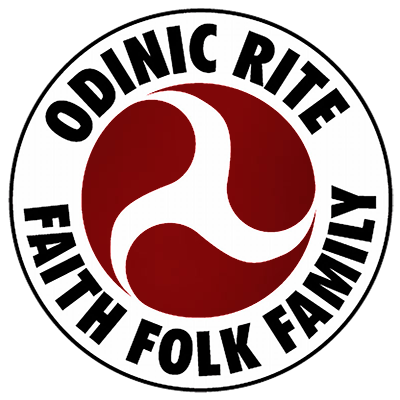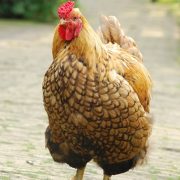Folk Tale Herb and Spice Garden
Students may prepare a small herb garden as a gift. The students may read from a list of folklore materials and identify the kinds of herbs represented in folk stories. With the help of gardeners in the area, the library media specialist may invite these gardeners to help set up a potting area. The students may choose the folk tales that they would like to use to make a “folk tale herb garden.” Appropriate folk tales include:
Mistletoe Barth, Edna.
“Balder and the Mistletoe” . Houghton Mifflin,1979.
Pepper
“ Crow Cheats Sparrow in Pepper Eating Contest ” in Folk Tales from Asia for Children Everywhere. Weatherhill, 1975, pp. 1-12.
Rosemary
“ Sprig of Rosemary ” in Andrew Lang’s The Rose Fairy Book. McKay, 1948, pp. 107-113.
Parsley
“ Petrosinella or Parsley ” in Ben Mincieli’s Old Neapolitan Fairy Tales. Knopf, 1963, pp. 35-41.
Basil
“ Silver Leaves and golden Blossoms ” in Radost Pridham’s A Gift from the Heart: Folk Tales from Bulgaria. World, 1967, pp. 116-123.
Rampion
“ Rapunzel ” in various versions
A variation of this project involves growing holiday plants used for wreaths, such as junipers and cedar.
Teutonic myths about the goddess Hertha may be used in connection with these gardens. Herb books may be helpful in identifying examples and some of the stories behind the herbs. Student directions vary depending on the kinds of plants which are selected and used.


Leave a Reply
Want to join the discussion?Feel free to contribute!